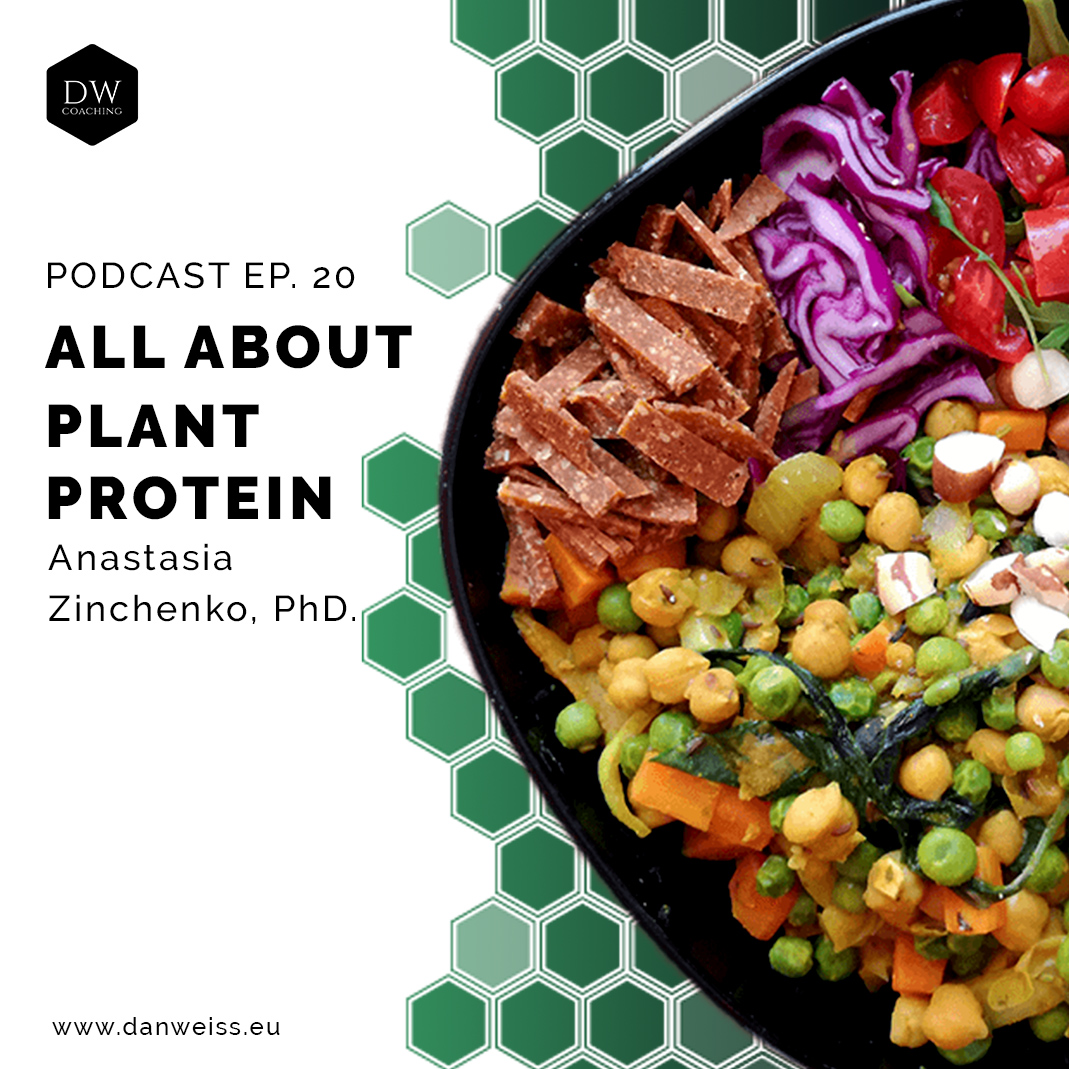Time Stamps
15:00 Are there gender differences in likelihood of emotional eating?
17:15 Are genes the cause of our emotional eating tendencies? genetics load the gun and environment pulls the trigger.
20:30 What can you do if you have trouble with emotional eating? Different strokes for different folks. Limit trigger foods.
50:50 How I overcame my peanut butter addiction
58:30 Why mental progress is even more important than number on scale
1:00:50 Food rules Anastasia followed that she would now consider absurd
Show notes
The origin of emotional eating
We try to escape from uncomfortable situation and get pleasure. The problem is that nowadays we have easy access to food and when we use food to escape/change our state we are not solving the original problem.
-
numbing emotions
-
distraction
-
changing state
Exercise from the Food obsession book – go through different foods and ask yourself how likely you are to overeat (too much calories too quickly) it? To trigger you? If it has high likelihood, it has to go.
There are foods that you can overeat but they would not cause too much damage.
What triggers you?
Change your response. I am bored so I overeat. Change your response to boredom. With negative feelings like sadness, acknowledge the feeling first. It releases tension.
Share your pain
We overreact when we feel uncertain. Share your pain with other people. Have somebody to call with.
Set rules – eat your damaging food only for breakfast or only in certain occasions.
If you have problems with overeating specific food but other members of the family don’t, it would not be wise to restrict them as well. Changing how you think about it might be helpful in those situations. You can tell yourself that “it is their food, not yours, and you don’t eat their food.”
Have a food journal where you note food and how it affects your feelings. What feeling did you have before eating the trigger food? How did it change after the food?
Out of the pantry
If you cannot control yourself around specific food, it has to go out of pantry. This approach can be especially useful when you are going through rough times and exposing yourself to even a little can cause serious damage (you eat a whole tub of peanut butter, which would make you sick). In other cases, you should work on making peace with it and not be afraid of the food.
Don’t be afraid of food
By being afraid of food you give it power over yourself and you are likely to develop a mindset that supports binge eating and disordered eating habits.
Thinking you will finish a jar of peanut butter with intention of never buying it again does not work. First, it is all or nothing approach, which does not work long term. Second, there will be time in future when you will feel down and you buy it or somebody else will, and you will be exposed to the peanut butter.
You don’t want to completely remove the problematic food but rather eat it often in small doses. Like a tsp of peanut butter a day. This way you also tell your brain “There is plenty of it, no need to eat it all now.” 56:40
The negative expectations lead to negative outcomes. It is also known as nocebo (the opposite of placebo). If you believe something is a poison, you react to it physically. Same applies to being afraid around certain food.
Setting rules and putting obstacles in between you and the problematic food
Instead of buying it, make it from scratch. I made a rule to make peanut butter by first peeling peanuts, then roasting them and then processing it into the butter. I would not do it any other way.
Develop a new identity
The ultimate solutions is in developing a new identity. When you identify yourself as a person who does not overeat, who does not treat their body like a trash can, if you think about yourself as a person who nurtures your body and respects it, your decisions even when around the trigger foods change.
Have clarity in your new identity. What it does, what it does not. When are you allowed to have certain foods? Rules can be liberating.
Here a few more tips from Anastasia
- Have something bitter, such as unsweetened coffee. Bitterness reduces appetite.
- Go for a walk. Movement helps to reduce appetite.
- Brush your teeth. The fresh mint flavour most tooth pastes have makes reduces cravings.
- Smart low-kcal foods that help you satisfy your cravings, but don’t ruin your diet ?
- Have a hot beverage sweetened with non-calorie sweetener or diet soda
- Make a low calorie jelly using fruit infusion, non-calorie sweetener and agar-agar
- Make low-calorie chocolate mousse using baking cocoa powder, non-calorie sweetener, a knife tip of xanthan gum and little bit non-dairy milk




